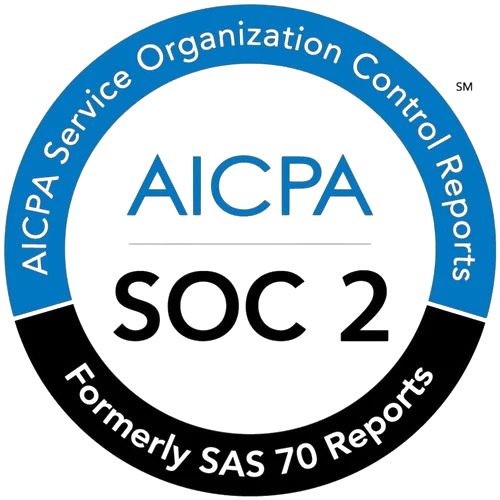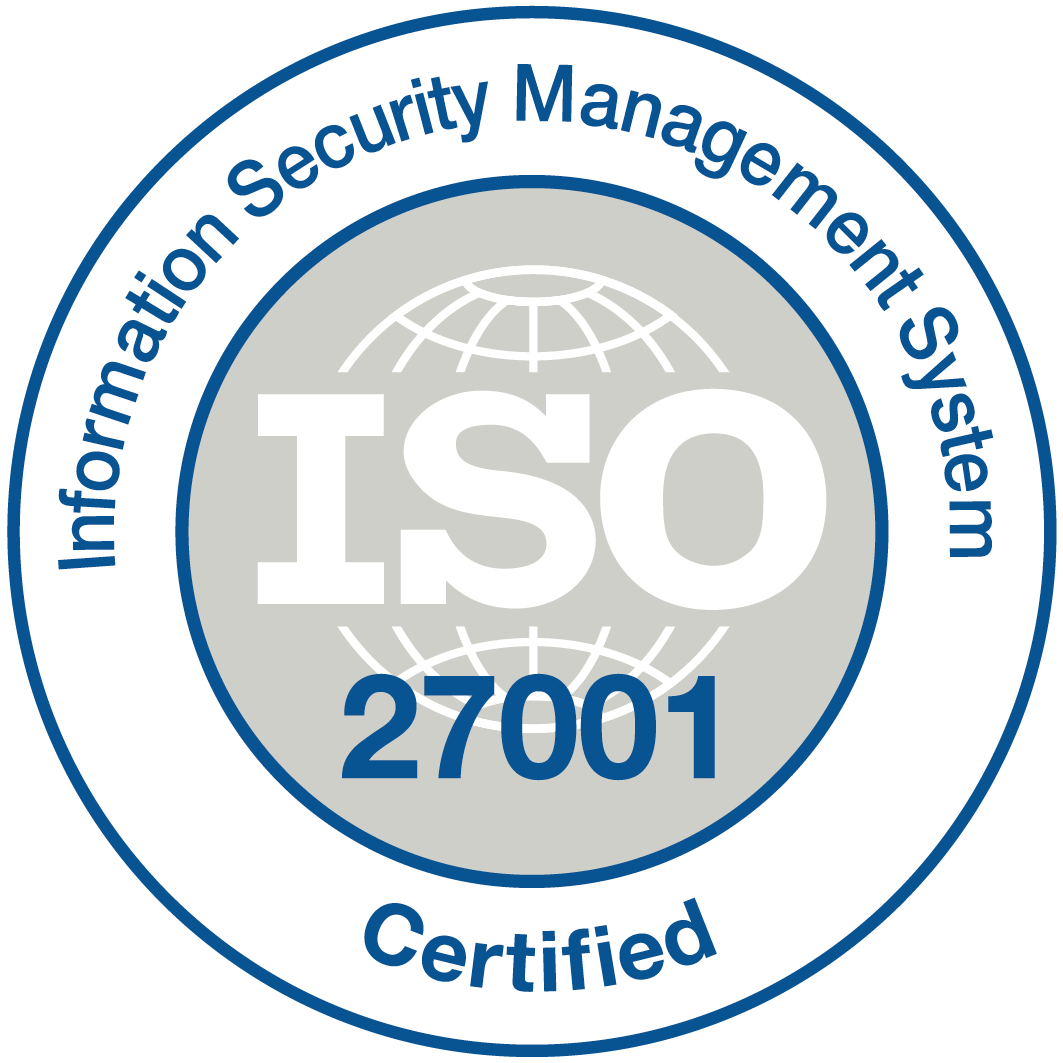Navigating the transition: The crucial role of care in patient outcomes

In today’s evolving healthcare landscape, effective transitions of care—where patients move from one healthcare setting to another—are more critical than ever. Whether it’s from a hospital to home, from primary care to specialty care, or even between care facilities, these transitions can significantly impact patient outcomes, satisfaction, and overall health. Understanding the importance of seamless transitions of care can help enhance the quality of healthcare systems and foster better patient experiences.
What is Transition of Care?
Transition of care refers to the process of transferring patients from one healthcare provider or setting to another. This can occur during hospital discharges, referrals to specialists, or even changes in treatment plans. Each transition holds unique challenges and opportunities for patients, caregivers, and healthcare providers alike.
The significance of effective transitional care is often underscored by statistics: nearly 20% of patients are readmitted to the hospital within 30 days of discharge. Many of these readmissions could have been avoided with better communication, appropriate follow-up, and a clear understanding of the patient’s care plan.
The Importance of Effective Transition of Care
1. Patient Safety: One of the primary reasons for focusing on transitions of care is safety. Poor transitions can lead to medication errors, missed follow-up appointments, and lack of clarity in treatment plans, all of which can jeopardize patient health. Ensuring that clear instructions are provided, and that medications are reconciled between settings can significantly reduce the likelihood of adverse events.
2. Improved Patient Satisfaction: When the transfer of care is managed well, patients report higher levels of satisfaction. They feel more in control of their health, receive the information they need to manage their conditions, and experience less anxiety about their care continuity. Engaging patients actively in their healthcare transitions also empowers them and fosters a stronger provider-patient relationship.
3. Better Health Outcomes: Seamless transitions can lead to improved health outcomes. Effective communication between healthcare providers ensures that vital information is not lost in transit, allowing for more informed decision-making. When patients receive timely follow-up care and health education, they tend to manage chronic conditions better, resulting in fewer complications and hospitalizations.
4. Cost-Effectiveness: Reducing hospital readmissions and ensuring that patients receive the right care in the right setting can lead to significant healthcare savings. Patients who experience fewer complications and better management of their conditions require less intensive healthcare services, ultimately reducing costs for both providers and payers.
Strategies for Successful Transition of Care
1. Communication is Key: Establish robust lines of communication among all parties involved—patients, caregivers, and healthcare providers. This can involve bedside handoffs, discharge planning meetings, and follow-up calls to ensure everyone is on the same page.
2. Educate Patients and Caregivers: Providing education about the care plan, medications, and signs of potential complications helps patients and their families take charge of their health. Clear instructions, coupled with teaching around medication management and lifestyle modifications, can make a huge difference.
3. Leveraging Technology: Utilizing electronic health records (EHR) and telehealth can facilitate smoother transitions, ensuring that patient information is readily accessible to all healthcare providers involved in their care.
4. Follow-Up Care: Implementing structured follow-up plans can ensure that patients receive the necessary support after their transition. Scheduling follow-up appointments and providing easy access to care can help catch any potential issues before they escalate.
In conclusion, ensuring effective transitions of care is not just a logistical obligation; it is a fundamental component of high-quality patient-centered care. By prioritizing clear communication, patient education, and structured follow-ups, healthcare providers can significantly improve the health and satisfaction of their patients during these critical moments of their healthcare journeys.






